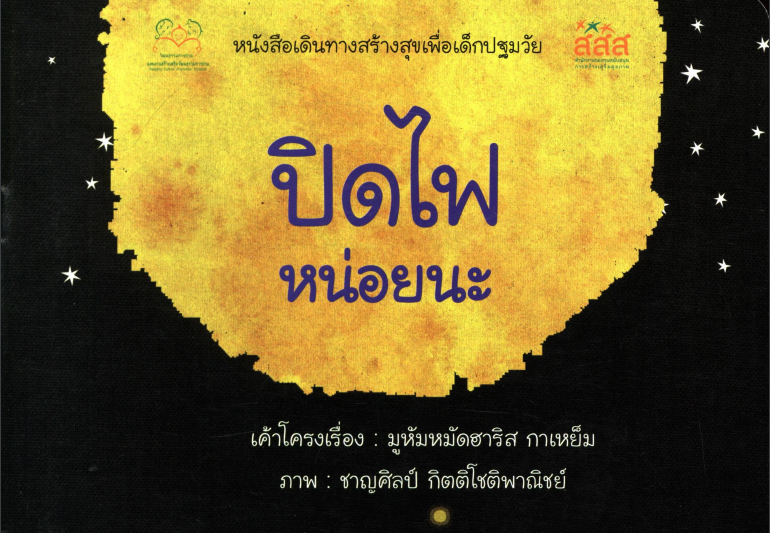
ငါ့ရဲ့သူရဲကောင်းကမင်းပဲ
A new fictional book developed by and for children aims to help families understand and cope with COVID-19.กลุ่มอ้างอิงคณะกรรมการระหว่างหน่วยงานด้านสุขภาพจิตและการสนับสนุนด้านจิตสังคมในการตั้งค่าฉุกเฉินA new fictional book developed by and for children aims to help families understand and cope with COVID-19.









